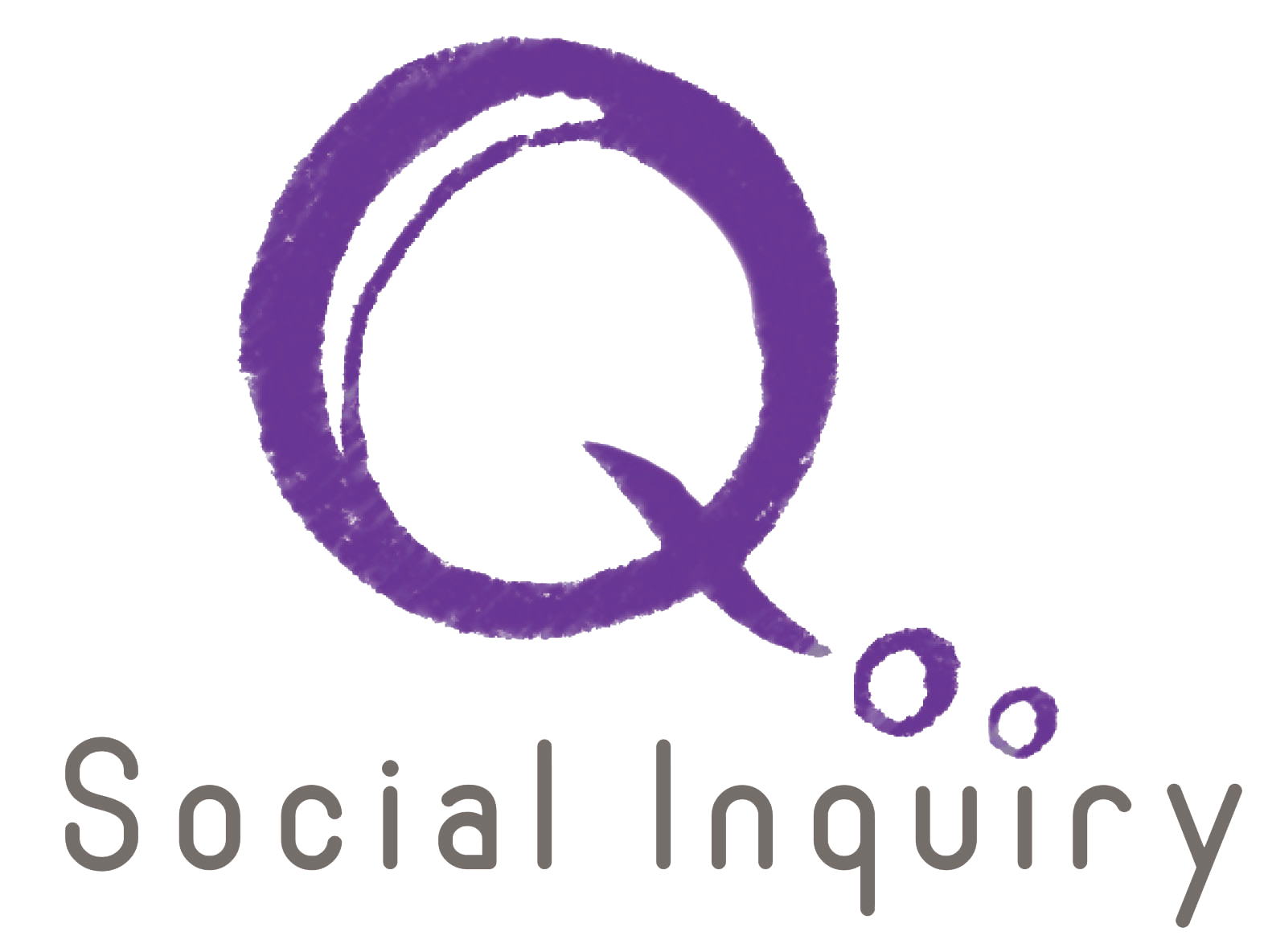How borrowing may serve as a social safety net in displacement
One of the most commonly asked questions in household surveys among displaced people to gauge their vulnerability relates to whether they are indebted or not due to their displacement situation and by how much. The latest Multi-Cluster Needs Assessment in Iraq indicates that 61% of IDP households carries debt. The act of borrowing money and going into debt is often seen as a negative coping mechanism, indicating that households do not have regular income to meet basic needs and put themselves at greater financial risk in then having to pay back these debts.
In our current research on local integration of IDPs in urban centers, however, we started looking at borrowing and indebtedness a little bit differently and not necessarily as a negative strategy. Our previous work on the political economy of displacement in fact seems to indicate that indebtedness for IDPs is burden they take on that allows them to cover needs. Existing social norms in Iraq around charity and money affect this view, particularly as individuals tend to borrow from networks rather than financial institutions and often seem unconcerned about having to pay these debts back.
Given this, we thought to ask both IDP and host community members alike about the “frequency” of their reliance on borrowing. What we find is that borrowing indeed occurs frequently among both groups. Even when disaggregating by income source, those who rely on salaries from government employment, which is the most stable income source available, do borrow money (although less often than those who are daily laborers).
Unpacking this further, wouldn’t this indicate that the ability to borrow in this context may actually be a positive expression of access to needed financial assets? The figure below, also from the same dataset on local integration we are working on, depicts IDP and host community responses for a question not frequently asked in studying displacement: specifically, are households able to afford unexpected expenses? Here, what we see is that both IDPs and host community are able to borrow money at relatively similar rates, but the host community is more likely to have saving to draw from than IDPs. However, overall, savings decreases with the stability of the income source. The bigger point here is that without savings or, most importantly, borrowing capacity, IDPs are at increased risk of not being able to handle a sudden expense, which should worry us at least as much if not more than their level of indebtedness.
Taking this into account, borrowing may pose a heavy burden for some, but may also serve as a safety net. Thus, more nuance is needed in order to understand what the absence of debt means in a given context: does a household have no debt because they don’t need to borrow or because they are unable to borrow?
